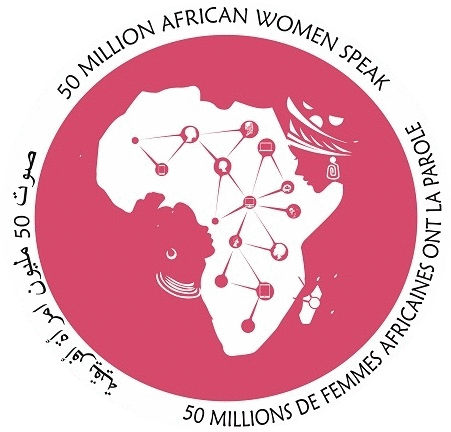Nutrition International - Kenya
- Kenya
- Resources
- Social Services
- Social Services
HEALTH IN KENYA
The Constitution of Kenya 2010 devolved health services to the counties, which meant a complete change in the Health structure and its management in the country. The national Government handles all the level 4 hospitals which offer highly specialized care. Level 3, level 2 and level 1 healthcare centers are under the management of the county governments
Global evidence points to a direct correlation between the size of a country’s health workforce and its health outcomes. Over the last decade, Kenya’s progress in improving the overall health status of its population has had mixed results. While life expectancy has gone up and interventions to address specific diseases including HIV/AIDs, Tuberculosis and Malaria have yielded positive results, much remains to be done.
The top five causes of outpatient morbidity in Kenya are Malaria, Diseases of the Respiratory System (including pneumonia), Skin Diseases, diarrhea and accidents accounting for about 70 percent of total causes of morbidity. Malaria contributes about a third of total outpatient morbidity.
Nutrition International
Nutrition International, formerly the Micronutrient Initiative, has a local presence in each corner of the world, with country offices in Ethiopia, Kenya, Nigeria, Senegal and the Sahel, Tanzania, Bangladesh, India, Indonesia, Pakistan and the Philippines, and headquarters in Ottawa, Canada. Nutrition International is focused on improving nutrition for the world’s most vulnerable, especially women and girls.
PROGRAMES
Supplementation
Improving the diets of the world’s poor is a complex and long-term undertaking that is largely dependent on rising incomes, improved access to food, better health and nutrition services delivery and more. In the short term, however, many lives are saved and improved through supplementation.
Fortification
Food fortification has been identified by the World Health Organization, the Copenhagen Consensus and the Food and Agriculture Organization as one of the top four strategies for decreasing micronutrient malnutrition at the global level. Nutrition International is supporting this strategy through a number of fortification programs, including salt iodization, grain and oil fortification.
Women and Girl’s Nutrition
To thrive, women need different nutrients and different amounts depending on the stage of her life. Improving nutrition for women will never be a one-size fits all solution.
We believe it is essential to find better ways to reach women and adolescent girls –regardless of whether or not they are pregnant – especially as the world strives towards reaching global targets – from nutrition targets to the Sustainable Development Goals.
Women and Girl’s Nutrition
To thrive, women need different nutrients and different amounts depending on the stage of her life. Improving nutrition for women will never be a one-size fits all solution.
We believe it is essential to find better ways to reach women and adolescent girls –regardless of whether or not they are pregnant – especially as the world strives towards reaching global targets – from nutrition targets to the Sustainable Development Goals.
Maternal and Newborn health
Getting the right nutrients to women in the right way
Food fortification, including salt iodization, has benefited millions around the world. There is still more work to be done in this area, including the opportunity to expand the amount of fortified products offered through social protection programs.
In many women’s health programs, there are reports of poor adherence rates to iron and folic acid supplementation among pregnant women. Even if women are getting the supplements, we often do not know whether they take them regularly during pregnancy. To improve this, we need to understand why.
Evidence and Generation Policy
Our Research and Evaluation Unit ensures all of our efforts in addressing micronutrient malnutrition are informed by the best available evidence. Our mission is to inform the development of policies and the implementation of programs that use micronutrient interventions for improving women and children’s health, by being leaders and innovators in surveillance, research and evaluation..
Infant and Young Child Nutrition
Our Maternal and Newborn Health programs emphasize support for early initiation and exclusive breastfeeding and good complementary feeding practices for children starting from six months of age.
CONTACTS
Africa Regional Office
Avenue 5, 1st Floor
Rose Avenue
Off Lenana Road
P.O Box 22296 – 00505
Nairobi, Kenya
Tel.: +254 20 375 5324
Email;





